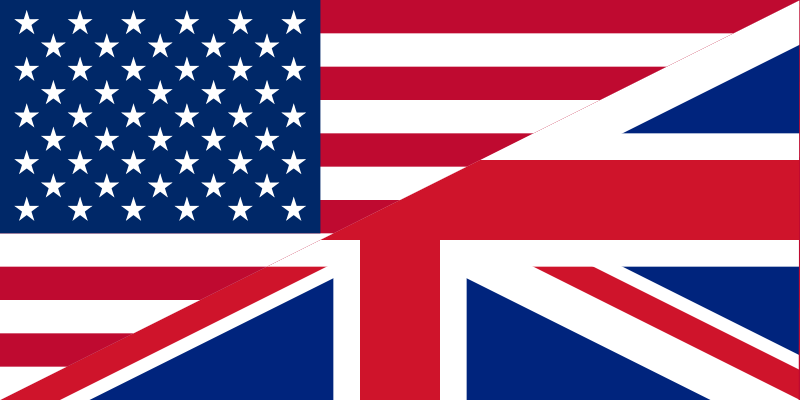Card Scraper
First, on the scraper’s flat sides, I use a very subtle angle, maybe 5 degrees or even less, and draw the burnisher across the surface about 10 times or so. I pushed very hard for a long what is a scraper used for time, but later I found that it doesn’t need much pressure to get good results. One of the things that makes a card or cabinet scraper so great is the ease and speed of sharpening it.
Once the scraper blade is set in place, this two-handed tool makes scraping easy. Scrapers are a good deal more intriguing and useful than they may at first appear. One of the edges is “sharpened” in order that the tool can smooth wood, usually hardwood.
Over the months you’ll lose the original edge on the blades. And while steel is easy to sharpen with a file; unless you have the right diamond grinders the carbide are quite a bit trickier. The Swedish made Bahco 665 glue scraper features two handed operation and an easy-change 2″ wide carbide blade.
Rectangle Cabinet Scraper
The burr is a sharp hook of metal which is turned on the edge of the scraper by burnishing with a burnisher or steel rod. A file or sharpening stone is used to joint the edge of the scraper before burnishing. Cabinet makers typically joint the edge square, or at a right angle https://mycarvingclub.com/using-scrapers/ to the face of the scraper, which allows a fine burr to be turned on both sides. Luthiers often use a beveled edge, which allows a more aggressive burr, but on one side only. A burnisher is simply a round piece of metal harder than the metal the scraper is made from.
The cabinet scraper is a hand scraper mounted in a frame that resembles a spokeshave. A pair of set screws holds the blade in position, and a thumbscrew allows for fine adjustments of the scraper blade. Some woodworkers use the https://mycarvingclub.com/ term “cabinet scraper” instead of “card scraper” for this tool. While this is widely accepted a separate tool also exists, called a cabinet scraper, which differs from the card scraper in that it has a beveled edge like a plane.
Woodworking
I will share with you the scraper sharpening process I use to put a super-fast and sharp burr edge on my scrapers with minimal interruption to my workflow. Why don’t home cooks use wooden scrapers for cooking more than wooden spoons? A scraper has a wide flat edge that is perfect for, that’s right, scraping the bottom of a pot or skillet. The problem with most scrapers is the wood deteriorates over time, damaged by repeated washings and use. The long flat-edge scraper is made from Brazilian cherry, which is so strong and durable that it’s often used for tool handles and even railroad ties.
- A safer alternative to wire brushes that ruin your grates, this wooden grill scrape is specially designed to fit the grooves of your grill, making cleanup a breeze.
- The scalloped edge will work on any grill grate and fit it better and better with each use.
- This dedication continues to put the best possible tools in the hands of the professional.
- This list below may not be exhaustive and may change from time to time.
Even professional woodworkers might not have seen this type of wood scraper before. When I scrape wood panels I always use a bench with a “lip” that holds the wood. And that frees up both hands to apply downwards and backwards force for optimal glue removal.
I usually file the top until I can once again feel a slight burr forming on the sides from the filing. Again, I test this by pulling my fingers up against the edge. Wether the old burr is completely gone can easily be checked by grabbing the edge of the scraper and pulling the fingers up. A scraper with a badly dulled or pitted edge needs to be filed. The long edge of the scraper is drawfiled, meaning the scraper is clamped in a vise and a single-cut mill file is drawn along the edge.
With the scraper bevel down on the workbench, smooth the back of its edge with a few strokes parallel to the face of the scraper. Then secure the scraper in a vise and burnish the bevel. Start at the angle of the bevel; gradually, lessen the angle (bringing the burnisher gradually toward the horizontal).
This is especially necessary when scraping fancy-grained wood like the curly maple binding that I used. The unique shape of this scraper is what makes it stand out. It is also half an inch thick, which makes this scraper extra durable.

